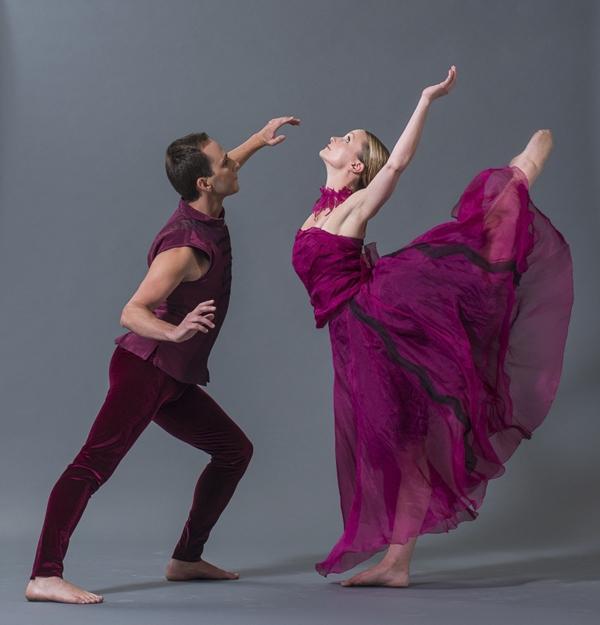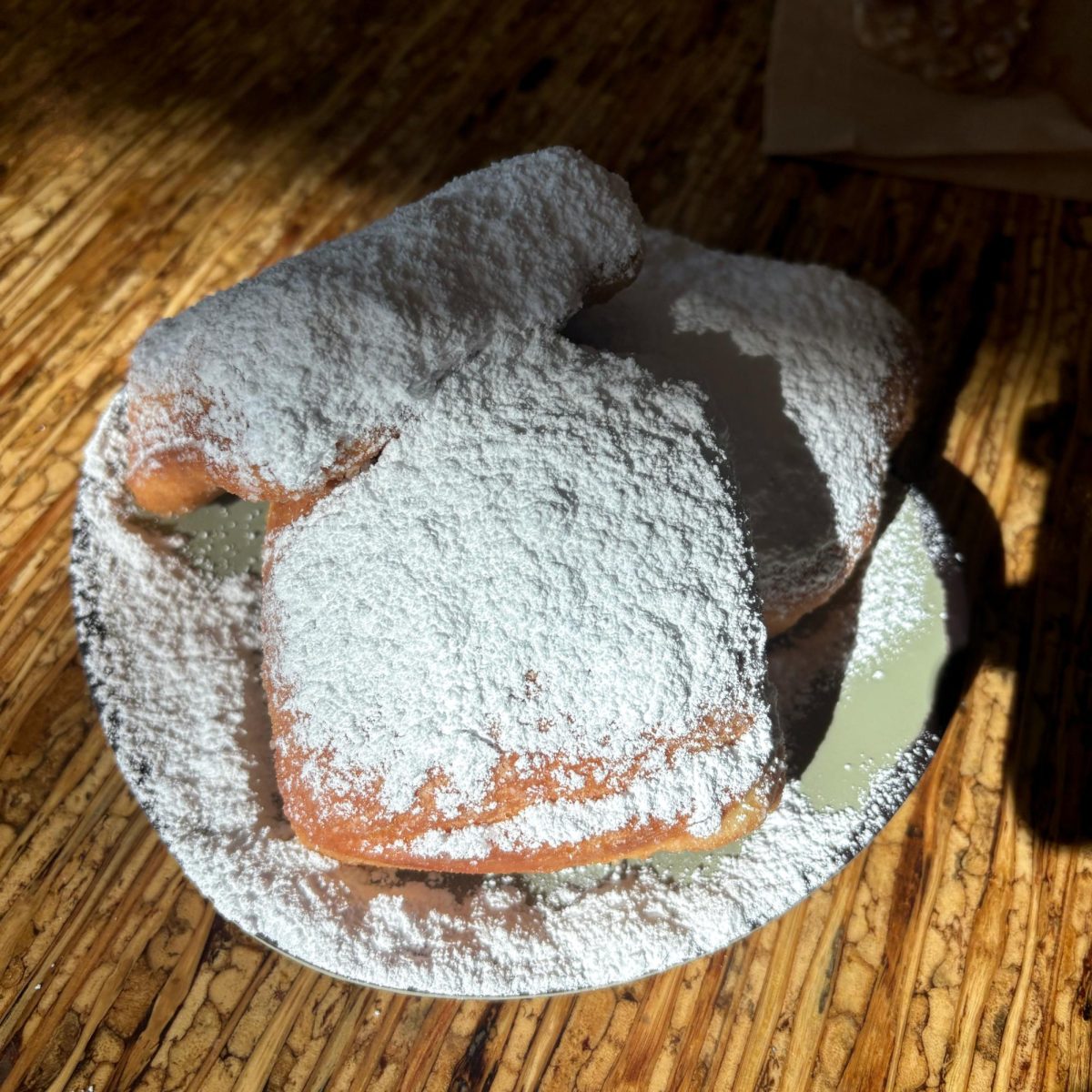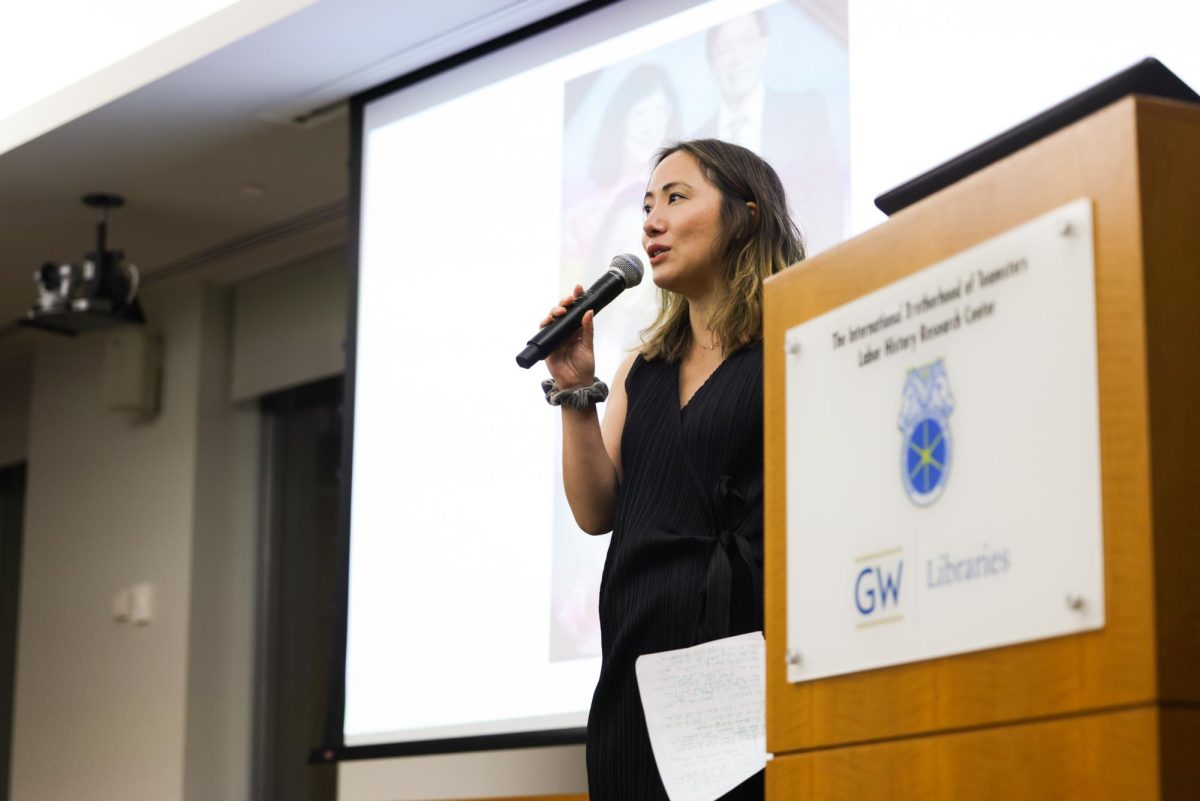The story of America’s artistic history is well-documented on museum walls. Now, thanks to one GW professor, it will be told on museum floors.
Once the government shutdown ends, that is.
Now in its 21st season, the Dana Tai Soon Burgess Dance Company is the first dance company-in-residence at the Smithsonian Institute. The “Dancing the Dream” exhibition will begin in the National Portrait Gallery’s Robert and Arlene Kogod Courtyard on Nov. 16 after the Oct. 4 grand opening was postponed due to the government shutdown.
Rehearsals were set to be open to the public throughout October, a practice the company hoped would “demystify” the choreographic process, said Kelly Southall, a part-time professor in the Department of Theatre & Dance.
“The opportunity to interact directly with the artist within this creative moment is quite rare,” Southall said. “Museums have rooms full of final products for people to view and appreciate or ponder. I think it will be a unique and refreshing change to include a work both in process and in its final form as a feature of the exhibit.”
The exhibition explores the transformation of American dance by highlighting industry greats, from Fred Astaire to Beyoncé, through interview clips, video projections, sketches and portraits of artists.
“What’s neat about the exhibit is that you really get this timespan of understanding what American ingenuity and creativity means, and it’s really portrayed by these great choreographers and dancers,” said Dana Tai Soon Burgess, the company’s artistic director and a GW alumnus.
The cast also includes five other GW affiliates – two students and three alumni.
Burgess, the chair of GW’s Department of Theatre & Dance, was selected to serve as the museum’s first resident-choreographer and to create two new works inspired by the exhibit. He was awarded the University’s Incubator Studio Fellowship, which funds a faculty member’s work and research with local and visiting artists.
The exhibition’s first

dance, “Homage,” will use historic soundtracks and choreography to pay tribute to artists who shaped the American dance landscape. Burgess poured through films and music videos to select choreographers and dancers whose passion and style he admired, ranging from Shirley Temple to John Travolta.
“As a dancer, it’s a fun challenge for me to try to capture, for example, Bob Fosse’s style or Katherine Dunham’s style, while also staying true to Dana’s style,” dancer and 2006 alumna Sarah Halzack said.
Company members hope the Smithsonian’s emphasis on a company-in-residence will lead to greater recognition of dance’s esteemed place in American culture.
“Sometimes, I find dance can be somewhat on the sidelines of our broader national conversation about art,” Halzack said. “This exhibit puts it front and center.”
“Dancing the Dream” will be open to the public from the start of regular Smithsonian operations to July 2014.






